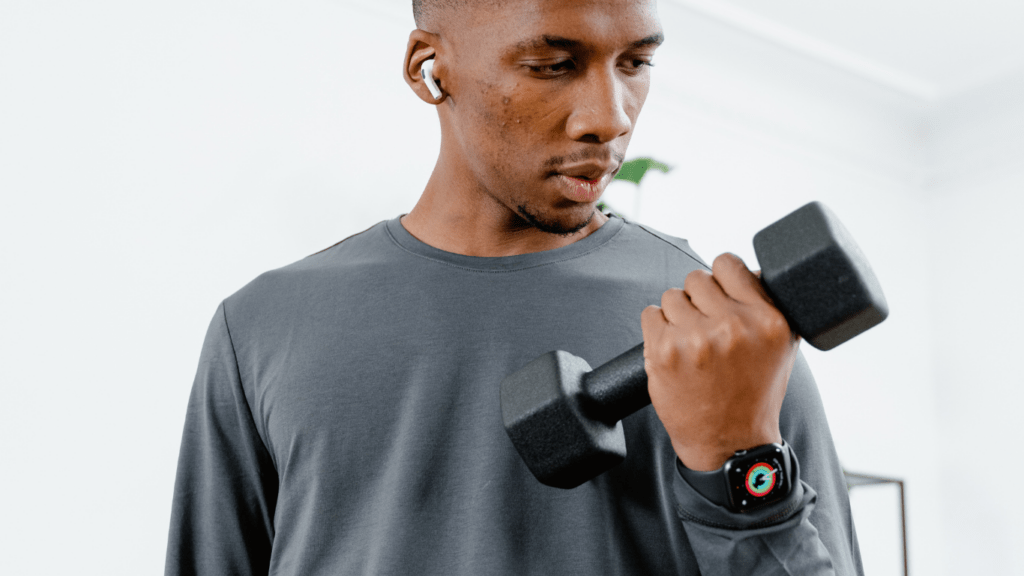Maximize Your Game: The Ultimate Guide to Athlete Performance Trackers
In my years of exploring the latest in sports technology, I’ve seen few tools as transformative as the athlete performance tracker. This innovative gadget isn’t just another fitness fad; it’s reshaping how athletes train, compete, and evolve in their respective sports. From weekend warriors to seasoned pros, everyone seems to be jumping on the bandwagon, and for good reason.
The allure of these devices lies in their ability to provide real-time data that’s both accurate and actionable. Whether it’s tracking speed, distance, heart rate, or even more nuanced metrics like recovery and exertion levels, these trackers offer insights that were once the domain of high-tech sports labs. I’ve watched athletes make monumental gains by integrating this data into their training routines, turning what used to be guesswork into a precise science.
As we dive deeper into the capabilities and benefits of these trackers, it’s clear they’re not just changing individual performances; they’re setting new standards across sports disciplines. So, let’s explore how these powerful tools are making waves in the athletic world.
Overview of Athlete Performance Trackers
Benefits of Using Performance Trackers
Performance trackers offer a spectrum of advantages that are instrumental in refining an athlete’s skills and enhancing their performance. Monitoring vital statistics such as calories burned, steps taken, heart rate, and sleep patterns enables athletes to make informed decisions about their training and recovery. Consistently analyzing this data allows for tailored workouts that capitalize on strength and endurance, minimizing the risk of injury by identifying potential overload and fatigue signals before they become a major issue.
Key Features to Consider
When selecting a performance tracker, several features merit close attention to ensure it meets specific athletic needs. Accuracy is paramount, as it impacts the quality of data received. Water resistance is crucial for athletes involved in water sports or training in variable weather conditions. Battery life also plays a critical role, especially for endurance athletes or those engaged in prolonged training sessions where regular charging isn’t feasible. Connectivity options, such as Bluetooth or WiFi, ensure seamless data transfer and integration with other devices, amplifying the utility of captured metrics.

Types of Athlete Performance Trackers
Wearables
Wearables are among the most popular types of performance trackers, appreciated for their convenience and ease of use. Devices like fitness bands and smartwatches fit comfortably on the wrist, providing continuous monitoring of physical activities. Key metrics tracked include heart rate, steps, distance, and sometimes even more complex data like oxygen levels and sleep quality. Brands such as Garmin, Fitbit, and Apple lead the market, offering products that seamlessly integrate with various mobile apps for a comprehensive view of an athlete's performance and health.
Mobile Apps
Mobile apps serve as a versatile and accessible option for tracking athletic performance. By utilizing the sensors in smartphones, apps can monitor activities and provide valuable data without the need for additional hardware. For example, apps like Strava and Nike Run Club use GPS to track running routes, speed, and elevation changes. Moreover, these apps often feature social components, allowing users to connect with other athletes, join challenges, and share achievements, thereby fostering a motivational and competitive environment.
Advanced Equipment
For those seeking detailed analytics, advanced equipment provides sophisticated tracking capabilities that go beyond the basics. This category includes high-tech treadmills, cycling computers, and even swim monitors that can analyze technique, efficiency, and more. Such devices often come with higher price points but offer precision and features that are indispensable for professional athletes and serious enthusiasts. Examples include the Peloton bike, which tracks ride metrics while offering virtual classes, and the WHOOP strap, which delivers in-depth analysis on recovery, strain, and sleep. These advanced tools often require integration with specific software or platforms to track progress and plan training.
Smart Apparel
Smart apparel takes athletic performance tracking to the next level by embedding sensors directly into clothing. These garments, such as shirts, shorts, socks, and even shoes, track metrics like muscle activity, posture, and body temperature, providing a more integrated and comfortable experience. Brands like Athos and Hexoskin lead the charge in this innovative space, offering gear that helps athletes monitor their performance and make data-driven decisions without the need for extra gadgets. Smart apparel is especially valuable for those in high-intensity sports like running, cycling, and strength training, where real-time body data is crucial.

How to Choose the Right Tracker
Choosing the right athlete performance tracker involves understanding specific needs and comparing various options. I’ll guide you through this process to ensure you select a device that best enhances your training and performance.
Assessing Your Needs
Initially, determining personal training goals and daily activity levels becomes crucial. For instance, marathon runners may prioritize devices that track pacing and distance, such as GPS-enriched wearables. Conversely, swimmers should look for trackers with high water resistance and swim-specific metrics. Another important factor is compatibility with other devices; ensuring the tracker syncs seamlessly with your smartphone or computer can simplify data management.
Also, consider the comfort and ease of use of the device. A tracker that is cumbersome or complex might detract from your training experience rather than enhance it. Size, fit, and display readability are important factors that determine how likely you are to consistently use the tracker. Lastly, battery life impacts usability, especially for endurance athletes who require long hours of tracking without frequent recharges.
Comparing Brands and Prices
Once you’ve identified what features are most important, comparing brands and prices is the next step. Leading brands often offer robust support and extensive features but come at a higher cost. Transitioning to a list of well-known brands like Garmin, Fitbit, and Apple reveals a range of prices and functionalities. Tables highlighting differences in battery life, water resistance, and additional features such as music storage or contactless payments help visualize variances across models.
Budget considerations are pivotal. Setting a price range helps narrow down choices without compromising essential features. Frequent sales and discounts during certain periods, like Black Friday or after new product launches, provide opportunities for savings. Additionally, reading customer reviews and checking warranties can offer insights into long-term reliability and customer service quality, factors that might affect your decision especially if two models stand at a similar price point.
Balancing cost with functionality ensures you invest in a tracker that not only meets your athletic needs but also offers value over time.
